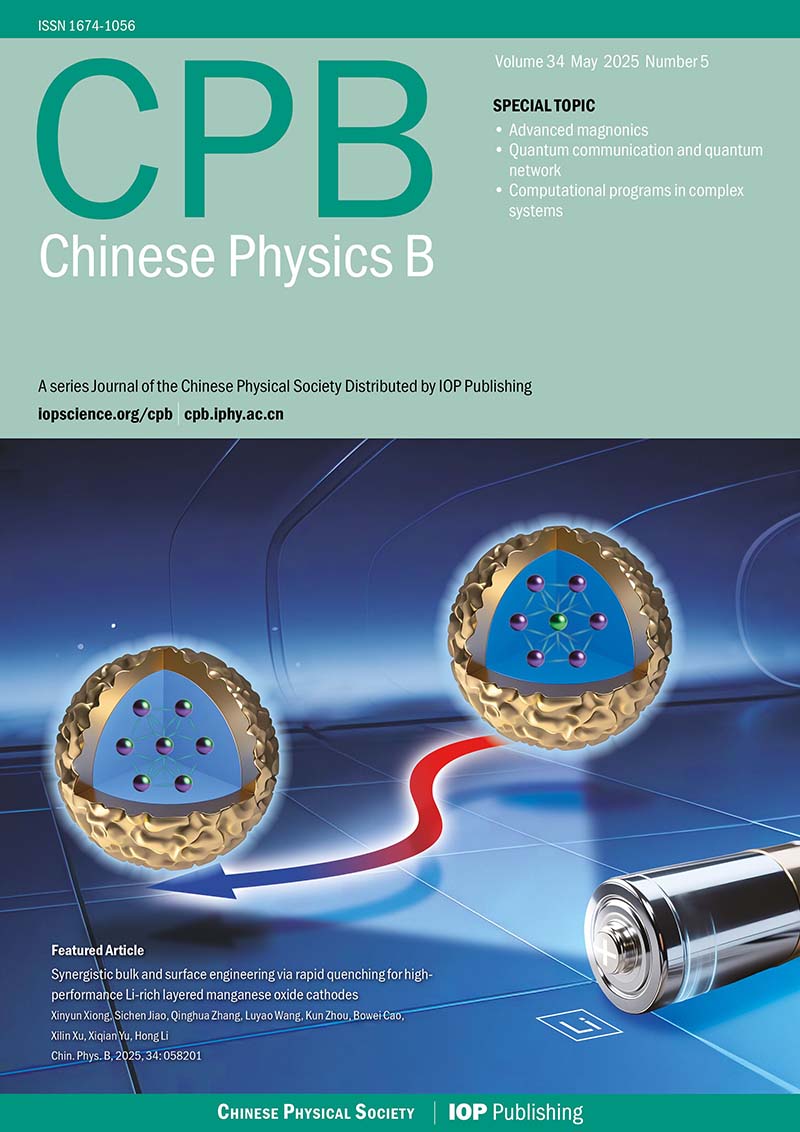Structural phase transition, precursory electronic anomaly, and strong-coupling superconductivity in quasi-skutterudite(Sr1?xCax)3Ir4Sn13 and Ca3Rh4Sn13
- Available Online: 01/01/2018
-
Key words:
- nuclear magnetic resonance /
- antiferromagnetic fluctuation /
- structural phase transition /
- phase dia-gram
Abstract: The interplay between superconductivity and structural phase transition has attracted enormous interest in recent years. For example, in Fe-pnictide high temperature superconductors, quantum fluctuations in association with structural phase transition have been proposed to lead to many novel physical properties and even the superconductivity itself. Here we report a finding that the quasi-skutterudite superconductors (Sr1?xCax)3Ir4Sn13 (x=0, 0.5, 1) and Ca3Rh4Sn13 show some unusual properties similar to the Fe-pnictides, through 119Sn nuclear magnetic resonance (NMR) measurements. In (Sr1?xCax)3Ir4Sn13, the NMR linewidth increases below a temperature T?that is higher than the structural phase transition temperature Ts. The spin-lattice relaxation rate (1/T1) divided by temperature (T ), 1/T1T and the Knight shift K increase with decreasing T down to T?, but start to decrease below T?, and followed by more distinct changes at Ts. In contrast, none of the anomalies is observed in Ca3Rh4Sn13 that does not undergo a structural phase transition. The precursory phenomenon above the structural phase transition resembles that occurring in Fe-pnictides. In the superconducting state of Ca3Ir4Sn13, 1/T1 decays as exp(??/kBT ) with a large gap ? =2.21kBTc, yet without a Hebel–Slichter coherence peak, which indicates strong-coupling superconductivity. Our results provide new insight into the relationship between superconductivity and the electronic-structure change associated with structural phase transition.

 首页
首页 登录
登录 注册
注册






 DownLoad:
DownLoad: